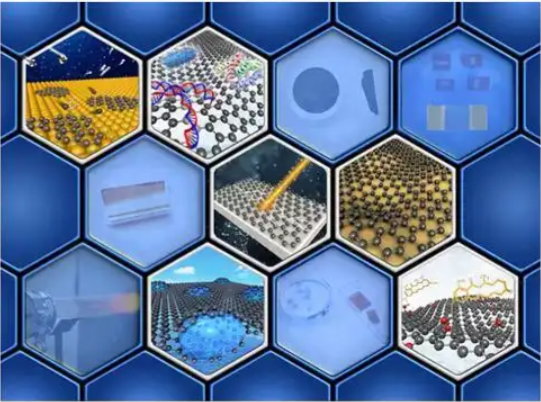Graphene-Based Conductive Inks: Powering the Future of Flexible Electronics
As the world rapidly embraces wearable technology, flexible displays, and printed circuits, the demand for advanced conductive materials that combine performance, flexibility, and cost-effectiveness has surged. Graphene-based conductive inks have emerged as a game-changer in this space, offering exceptional electrical conductivity, mechanical flexibility, and chemical stability—all essential for the next generation of electronics.
 e
e
In this article, we explore how graphene conductive inks are revolutionizing printed electronics and enabling breakthroughs in healthcare, IoT, energy storage, and more.
🔹 1. What Is Graphene Conductive Ink?
Graphene conductive ink is a printable formulation containing:
-
Graphene nanosheets or flakes
-
Binders (e.g., polymer dispersants)
-
Solvents (water or organic-based)
When printed onto a substrate and dried or sintered, the ink forms a conductive path suitable for circuits, sensors, or energy devices.
Advantages over traditional inks (e.g., silver):
-
Lower cost
-
Higher flexibility
-
Better chemical and thermal resistance
-
Biocompatibility for wearable use
🔹 2. Key Applications
a. Flexible Printed Circuits (FPCs)
Graphene inks are used in:
-
RFID antennas
-
Flexible PCBs
-
Consumer wearable devices
✅ Example: Printed graphene circuits maintain conductivity even after 1000+ bending cycles at small radii.
b. Biosensors and Wearables
Due to its biocompatibility and surface reactivity, graphene is ideal for:
-
Printed glucose sensors
-
Skin-mounted hydration and ECG sensors
-
Disposable diagnostic patches
c. Smart Packaging
Used in:
-
Printed NFC tags
-
Interactive displays on packaging
-
Anti-counterfeiting labels
🔹 3. Manufacturing Techniques
Graphene conductive inks can be printed via:
-
Inkjet printing – High resolution, suitable for lab-scale
-
Screen printing – Cost-effective for mass production
-
Gravure and flexographic printing – High-speed, roll-to-roll production
-
Aerosol jet printing – For conformal 3D structures
Recent improvements in:
-
Shear-exfoliated graphene dispersions
-
Solvent-free, environmentally friendly inks
-
Sintering-free systems (lower energy costs)
🔹 4. Comparison with Other Materials
| Property | Silver Ink | Carbon Ink | Graphene Ink |
|---|---|---|---|
| Conductivity | Very high | Moderate | High |
| Flexibility | Poor | Good | Excellent |
| Cost | High | Low | Moderate |
| Chemical Stability | Moderate | Good | Excellent |
| Environmental Impact | Moderate–Poor | Good | Excellent |
🔹 5. Challenges and Innovations
Current hurdles:
-
Ensuring uniform dispersion of graphene
-
Achieving high sheet conductivity at low loading
-
Compatibility with diverse substrates (e.g., textiles, paper)
Solutions:
-
Graphene oxide reduction during or after printing
-
Hybrid inks combining graphene with CNTs or silver nanoparticles
-
UV-curable graphene inks for instant curing on roll-to-roll lines
🔹 6. Market Outlook
With the expansion of 5G, e-textiles, and disposable medical electronics, graphene conductive inks are poised for exponential growth.
The global printed electronics market is expected to exceed USD 25 billion by 2030, with graphene-based solutions taking a rising share due to cost efficiency, flexibility, and environmental safety.
Graphene-based conductive inks represent a pivotal innovation in the world of electronics. Their flexibility, conductivity, and sustainability make them ideal for the digital, wearable, and connected devices of the future. As printing techniques and formulations mature, expect to see graphene inks powering everything from smart packaging to implantable biosensors.

